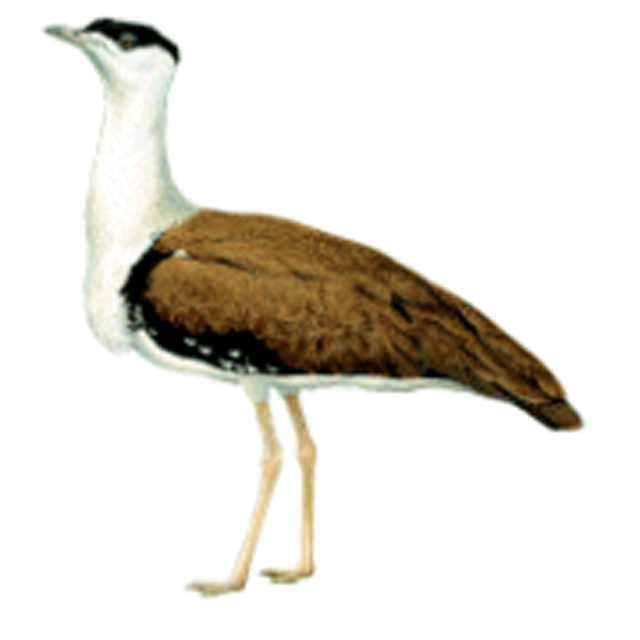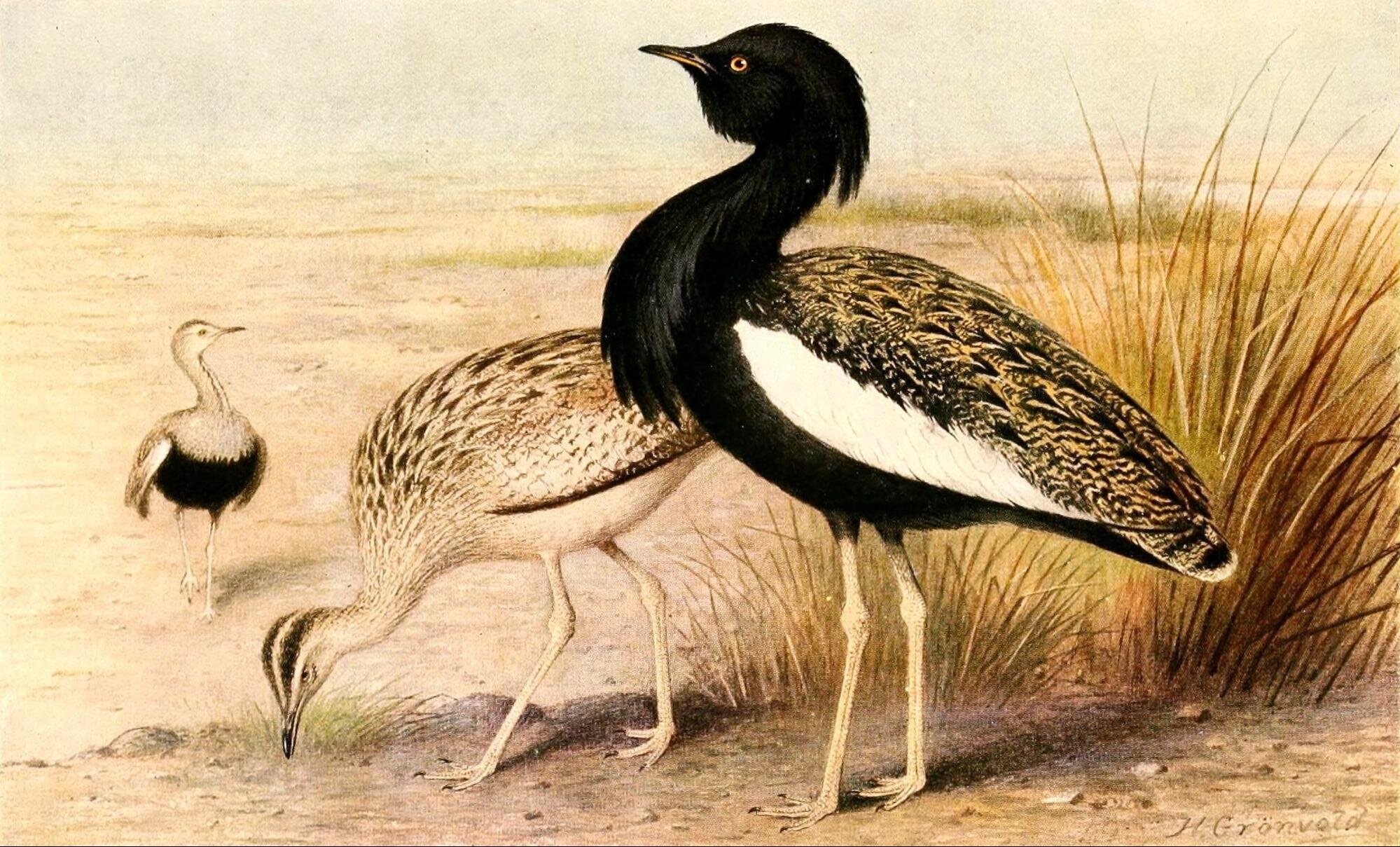Why in News :- The Great Indian Bustard, Asian Elephant and Bengal Florican have been included in Appendix I of UN Convention on Migratory Species at the ongoing 13th Conference of the Parties (COP) to the Convention on Migratory Species (CMS) in Gandhinagar (Gujarat).
India’s proposal to include all the three species in the Appendix I was unanimously accepted by the 13th COP to the CMS. A migratory species may be listed in Appendix I provided that the best scientific evidence available indicates that the species is endangered.
Asian Elephant :-
- India is the natural home of the largest population of Asian elephants. It is also found in Nepal, Bangladesh, Bhutan and Myanmar.
- It usually resides in shrublands, artificial/terrestrial forests and grasslands.
- It is listed as ‘Endangered’ on the IUCN Red List of threatened species. It is also listed in Appendix I of the Convention on International Trade in Endangered Species of Wild Fauna and Flora (CITES) and Schedule I of the Wildlife (Protection) Act, 1972.
- The challenges confronting Asian elephant conservation in most elephant Range States are habitat loss and fragmentation, human-elephant conflict, and poaching and illegal trade of elephants.
Great Indian Bustard :-
- The Great Indian Bustard is one of the heaviest flying birds in the world.
- It usually resides in dry grasslands and scrublands on the Indian subcontinent; its largest populations are found in the Indian state of Rajasthan.
- The Great Indian Bustard is the state bird of Rajasthan.
- It is listed as ‘Critically Endangered’ on the IUCN Red List. It is also listed in Appendix I of CITES and Schedule I of the Indian Wildlife (Protection) Act, 1972.
- 90% of its population has been reduced within 50 years (six generations) majorly due to poaching.
Bengal Florican :-
- The species has two disjunct populations, one in the Indian Subcontinent, the other in South-East Asia. The former occurs in Indian Subcontinent mainly in India (Uttar Pradesh, Assam and Arunachal Pradesh.) and terai region of Nepal.
- It inhabits lowland dry, or seasonally inundated, natural and semi-natural grasslands, often interspersed with scattered scrub or patchy open forest.
- It has been listed as ‘Critically Endangered’ on the IUCN Red List. The bird is listed under Schedule I of the Wildlife Protection Act of India, 1972 and Appendix I of CITES
- It has a very small, rapidly declining population largely as a result of widespread loss of its grassland habitat




Post a Comment